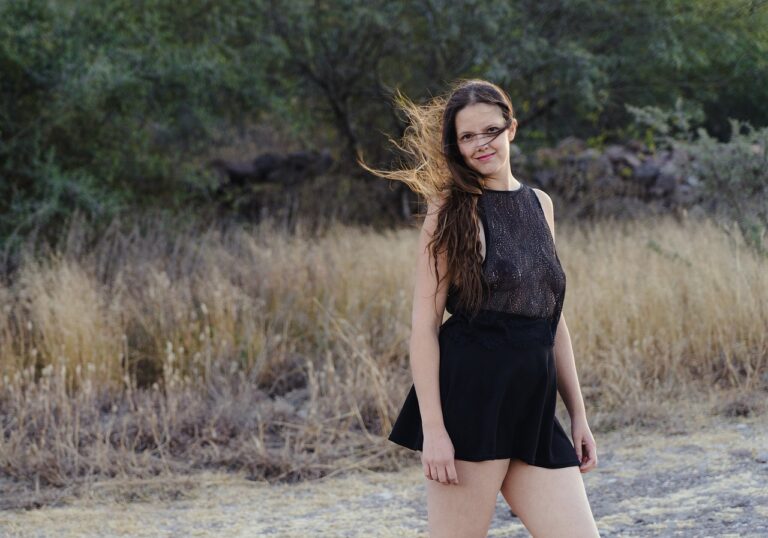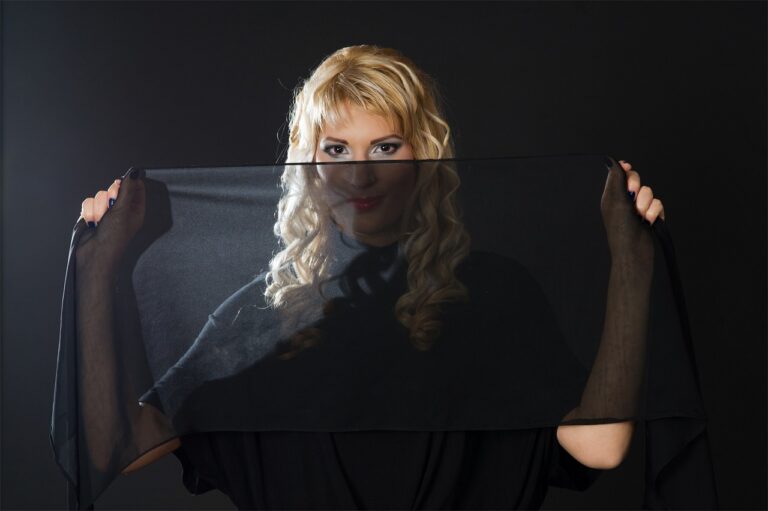Sustainable Fashion: The Rise of Rental and Second-Hand Markets
The fashion industry’s fast-paced production and consumption cycles have led to a significant negative impact on the environment. The demand for new clothing items at cheap prices results in massive overproduction, leading to excessive waste and the depletion of natural resources. The use of cheap, synthetic materials in fast fashion garments further exacerbates the environmental problems by contributing to pollution and increasing carbon emissions during production and disposal processes.
Additionally, the fast fashion trend promotes a culture of disposable clothing, where garments are quickly discarded after only a few uses. This throwaway mentality results in tons of textiles ending up in landfills every year, further polluting the environment and contributing to the degradation of ecosystems. The environmental impact of fast fashion is becoming increasingly alarming, highlighting the urgent need for sustainable and ethical practices in the fashion industry.
• The overproduction of clothing in the fast fashion industry leads to excessive waste and depletion of natural resources
• The use of cheap, synthetic materials in fast fashion garments contributes to pollution and increases carbon emissions
• Fast fashion promotes a disposable clothing culture, leading to tons of textiles ending up in landfills every year
• Urgent need for sustainable and ethical practices in the fashion industry to reduce environmental impact
The Benefits of Renting Clothing
Renting clothing has gained popularity in recent years as a sustainable and cost-effective alternative to traditional shopping. By opting to rent outfits for special occasions or everyday wear, individuals can enjoy a variety of styles without contributing to the environmental impact of fast fashion. This enables fashion enthusiasts to experiment with new looks and trends without the need to constantly purchase new items.
Furthermore, renting clothing promotes a circular economy by extending the lifespan of garments. Instead of discarded clothes ending up in landfills, rental services allow pieces to be reused multiple times, reducing waste and promoting a more eco-friendly approach to fashion consumption. Renting also provides an opportunity for individuals to access high-quality designer pieces that may be otherwise unaffordable, offering a more inclusive and accessible fashion experience.
The Growth of Second-Hand Fashion Platforms
As sustainability becomes a growing concern in the fashion industry, the rise of second-hand fashion platforms has been notable in recent years. These platforms offer a more eco-friendly alternative to traditional retail, allowing consumers to buy and sell pre-loved clothing and accessories.
With social media influencers and celebrities advocating for sustainable fashion choices, the popularity of second-hand fashion platforms continues to increase. Consumers are not only embracing the idea of recycling and reusing clothing but also appreciating the unique and vintage pieces that can be found on these platforms. This shift towards more sustainable shopping habits indicates a promising future for the second-hand fashion market.
What is the environmental impact of fast fashion?
Fast fashion contributes to a significant amount of pollution, waste, and carbon emissions due to the high volume of clothing production and disposal.
What are the benefits of renting clothing?
Renting clothing allows for a more sustainable and cost-effective way to access trendy pieces without contributing to the cycle of fast fashion.
How has the growth of second-hand fashion platforms impacted the fashion industry?
The growth of second-hand fashion platforms has provided consumers with more options to shop sustainably and reduce the demand for new clothing production.
Are second-hand fashion platforms becoming more popular?
Yes, second-hand fashion platforms are gaining popularity as consumers become more conscious about the environmental impact of fast fashion and seek alternative shopping options.
How can I get involved in the second-hand fashion movement?
You can start by exploring second-hand fashion platforms, donating or selling your own gently used clothing, and educating yourself on the benefits of shopping sustainably.







